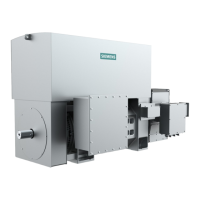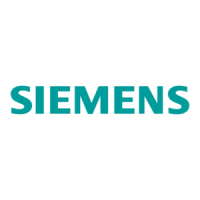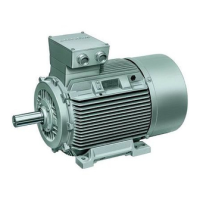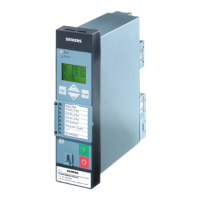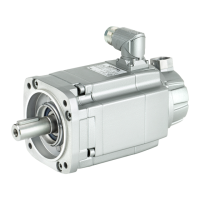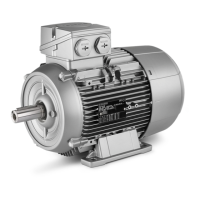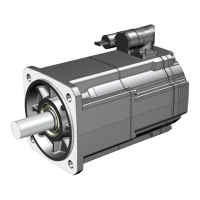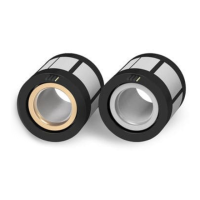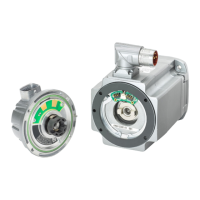Disposal and recycling
7.3 Disposing of permanent magnets
A5E01083943A AB
88 Siemens AG Operating Instructions 2.02 1FW4
● Surge arrester
● Capacitors
Some components, such as the stator, contain a considerable amount of copper. This
copper can be separated from the electrical insulation via gasification of the organic binding
materials. To ensure proper burning of the vapors, the oven must have an appropriate
afterburner. The following conditions are recommended for heat-treating and afterburning in
order to minimize the emissions from the process:
Table 7-1 Heat treating
Temperature 380 - 420°C (716 - 788°F)
Duration Once 90% of the target temperature has been
reached, the object must be kept at that
temperature for at least five hours.
Table 7-2 Afterburning of the binding material vapors
Temperature 850 - 920°C (1562 - 1688°F)
Flow velocity ° The binding material vapors must remain in the
combustion chamber for at least 3 seconds.
NOTICE
Emissions
The emissions primarily consist of O
2
-, CO-, CO
2
-, NO
x
-, C
x
H
y
gases and microscopic
particles. It is the responsibility of the owner/operator to ensure that the process complies
with local laws.
Anti-corrosion agents
Anti-corrosion agents that cover the motor's surface can be cleaned using a gasoline-based
cleaning agent and a rag. Dispose of the rag in accordance with local regulations.
[ID 825.01]
7.3 Disposing of permanent magnets
If the motor is completely melted down, no special handling of the permanent magnets is
necessary. Remove all cables before the melting process.
Description
If the 1FW4 motor is removed and dismantled, the permanent magnets must be
demagnetized. To do this, the motor must be heated to 350°C. This is necessary to ensure
that no hazards result from the rotors during and after disposal. The disposal process must
be performed by a specialized disposal company.
